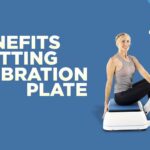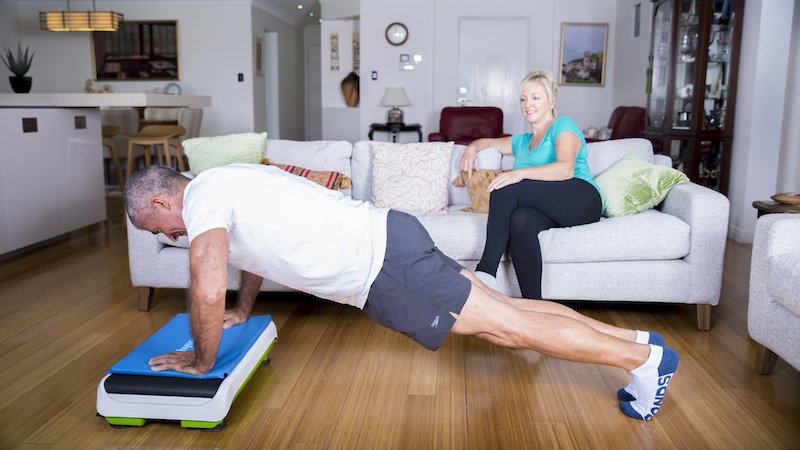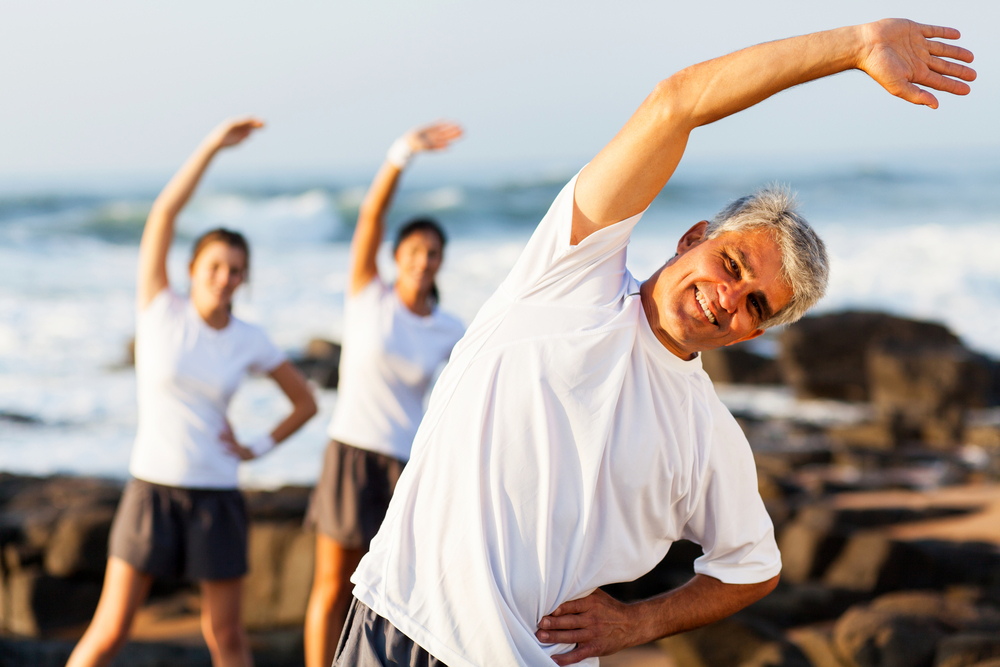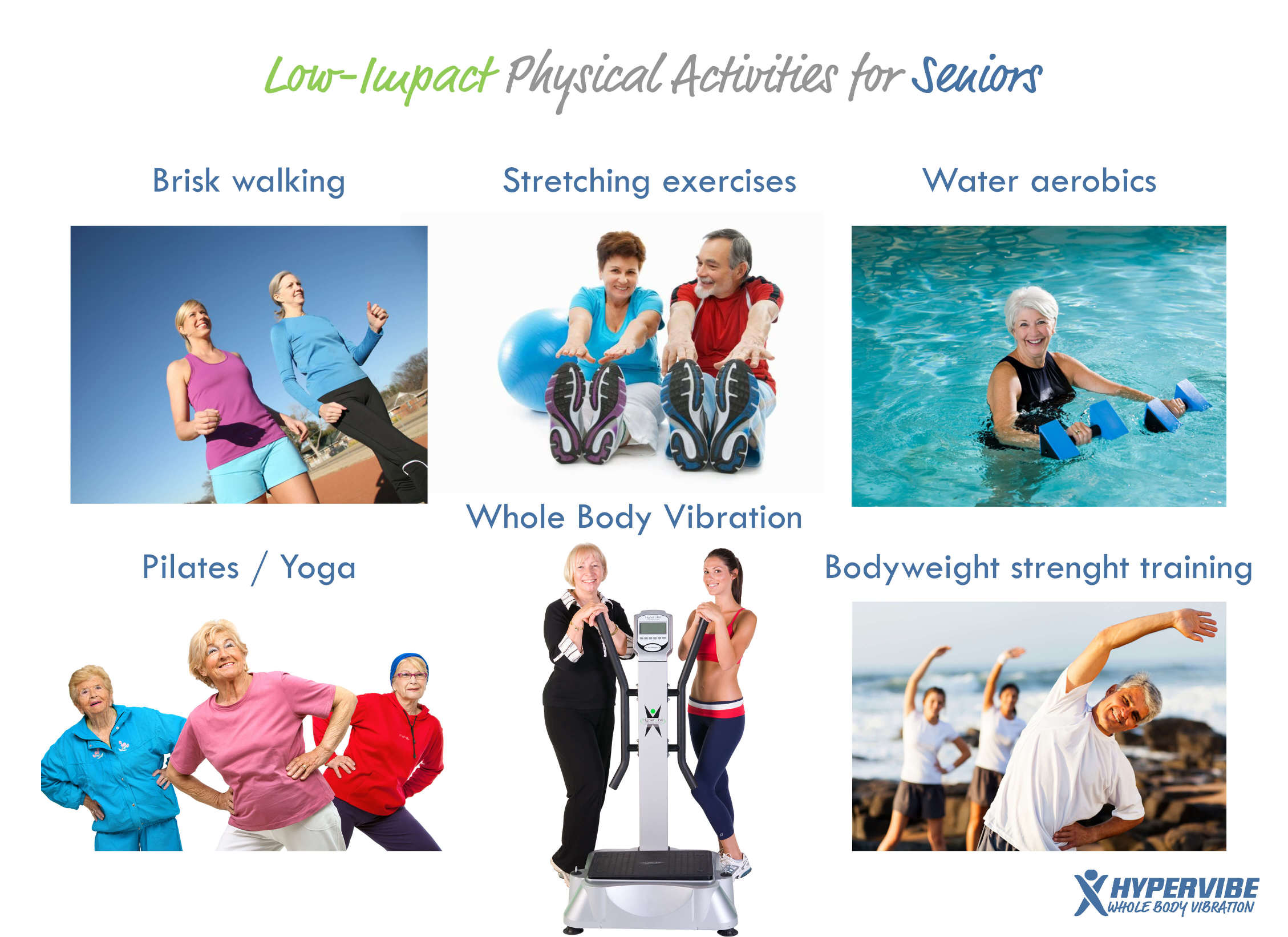Seniors Gain Balance Through Vibration
Balance problems and falls are common in the elderly, and are a major cause of fractures in this population. They are associated with increased morbidity and a lower quality of life, and may severely affect one’s ability to move and perform daily activities. But why exactly does balance get worse with age?
A number of changes that come with aging may alter one’s balance, and these include changes in the vestibular system, blood pressure, muscle strength, sight and coordination. We’ll briefly discuss each of these, then we’ll take a look at some studies on the effects of whole body vibration on balance in seniors, to see whether this form of physical activity is a viable solution for older people looking to stay active.
What causes balance problems in the elderly?
The vestibular system is located inside the ear and determines whether we’re standing or lying flat. Being connected with the brain, it controls balance and tells the brain whether we’re moving or sitting, or if we’re about to fall over. The vestibular system sends specific messages to the brain, which then initiates a corrective action to prevent falls and injuries.
With age, the cells that form this system die off, and their ability to accurately reflect our position in space decreases, so the brain no longer detects the movement or lack of movement correctly. As a result, the actions initiated by the brain aren’t always the right ones, or are delayed, and falls may occur.
The changes in body composition also affect balance; aging is linked with muscle wasting and weakening, and the loss of muscle mass and strength affects not only the functioning of these organs but also the speed of reaction, power and balance.
Vision problems may also affect the balance of seniors, as the ability to see things clearly and to focus diminishes with age, and so do night vision and the sensitivity to contrast. All these vision changes, along with the blurred or distorted vision, may make one more prone to falls.
Changes in blood pressure, that often occur when standing up or changing the position suddenly, may lead to dizziness, blurred vision, lightheadedness and even fainting, so these also increase the risk of falls. Not to mention that ailments like arthritis, Parkinson’s disease, osteoporosis and multiple sclerosis may also affect balance and make one more prone to injuries.
Whole body vibration training may help improve balance in seniors
Several studies support the use of vibration exercises in seniors with balance problems, this form of training being effective in improving muscle strength, coordination and balance, as well as in contributing to a better functional performance in the elderly.
This study published in the Mauritas journal found that WBV exercises may improve balance and mobility in frail seniors. A single session of vibration training at 6Hz and 5 mm amplitude, lasting for 10 minutes, was found to significantly improve single limb balance in older adults, although this particular study reported no changes in joint position sense or mobility in the vibration group.
Another study conducted by Korean researchers showed that 15 minutes of whole body vibration exercises, performed 3 times per week, for 6 weeks, may lead to significant improvements in balance and fear of falling in elders.
Scientists from the Sahmyook University found that short-term vibration is also beneficial for seniors, this form of training being efficient in improving muscle strength, balance and levels of glycosylated hemoglobin (HbA1c) in older patients affected by diabetic neuropathy. In this study, the effects of WBV were tested on 55 patients, who performed 60 minutes of balance exercises, 2 times per week for 6 weeks, along with 3 sessions of up to 9 minutes of WBV per week, for 6 weeks.
Postmenopausal women with an increased risk of falls may benefit from vibration training, a study published in the American Journal of Physical Medicine & Rehabilitation recommending this form of workout as a convenient solution for improving balance and reducing the risk of falls in this population.
Thus, if you’re looking for a safe and easy way to exercise, get stronger and improve your balance, while reducing the risk of injuries, you should include vibration exercises into your daily schedule.















